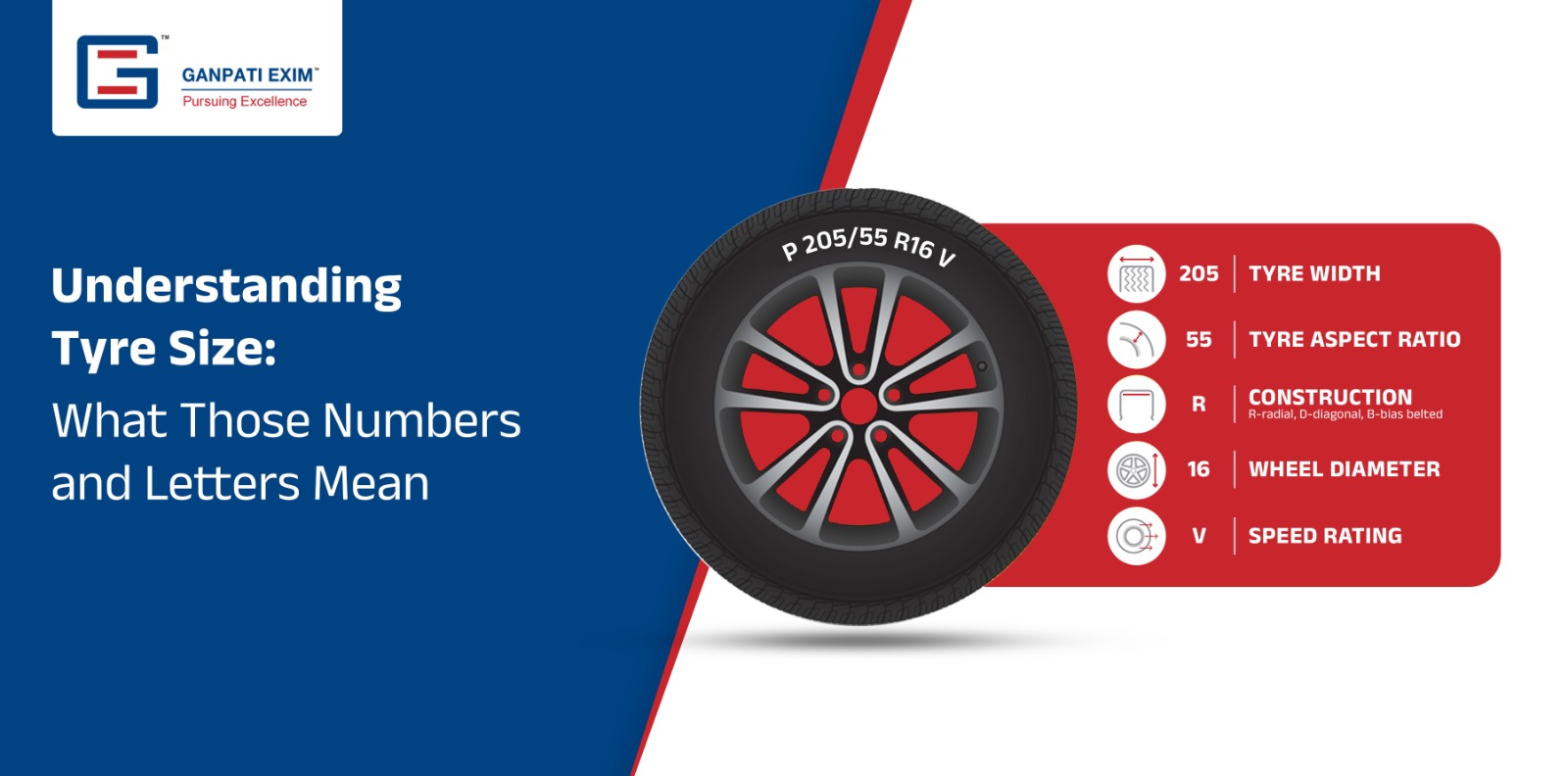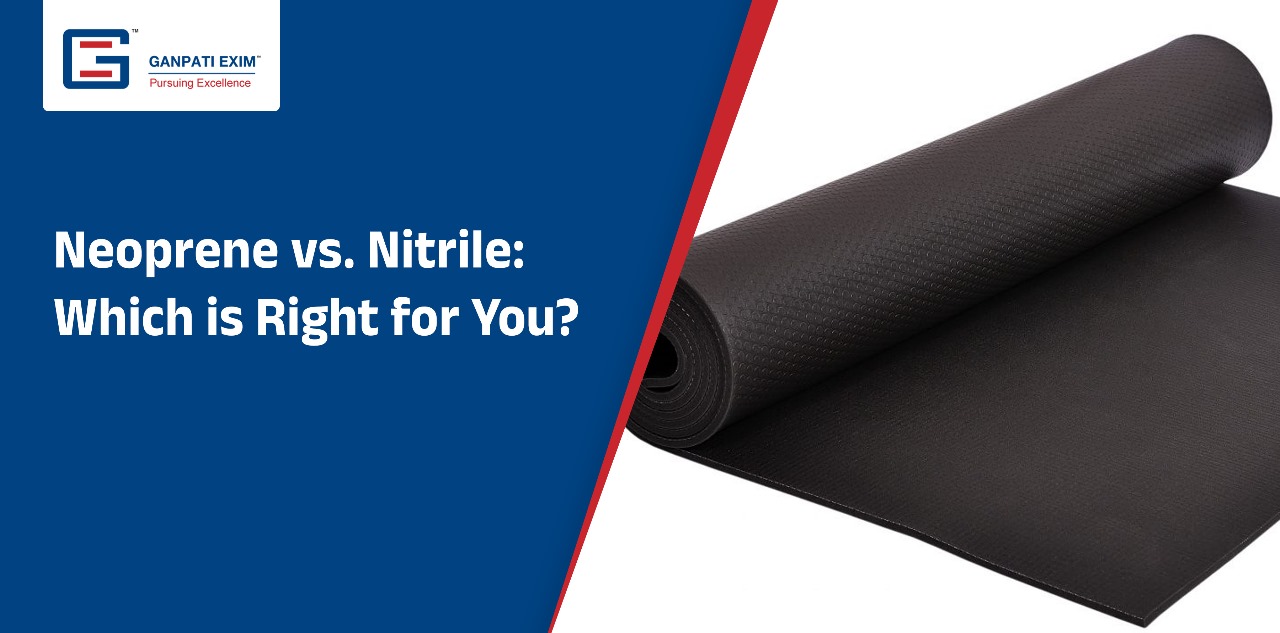
Understanding Tyre Size: What Those Numbers and Letters Mean
When it comes to vehicle maintenance, understanding your Tyre size is crucial. The right Tyres ensure safety, fuel efficiency, and optimal performance. However, decoding the numbers and letters on a Tyre’s sidewall can be confusing. In this guide, we’ll break down what each element means and why it’s essential to know your Tyre size.
Why Tyre Size Matters
Choosing the correct Tyre size is vital for several reasons:
- Safety: The right Tyres improve traction, handling, and braking, reducing the risk of accidents.
- Performance: Tyre size affects your vehicle’s steering and stability, which impacts overall driving experience.
- Fuel Efficiency: Properly sized Tyres reduce rolling resistance, improving fuel economy.
- Longevity: Correct Tyre size ensures even wear and extends the life of your Tyres.
How to Read Tyre Size
On the sidewall of your Tyre, you’ll find a combination of numbers and letters. For example, a common Tyre size might look like this: P205/55R16V. Here’s what each part represents:
- Tyre Type (P): The first letter indicates the type of Tyre. For instance:
- P: Passenger car Tyre.
- LT: Light truck Tyre.
- ST: Special trailer Tyre.
- Tyre Width (205): This number represents the Tyre’s width in millimeters, measured from sidewall to sidewall. A wider Tyre can provide more grip, but may also increase rolling resistance.
- Aspect Ratio (55): This is the height of the Tyre’s sidewall as a percentage of its width. In this example, the sidewall height is 65% of the Tyre’s width. A lower aspect ratio means a shorter sidewall, offering better handling but potentially a stiffer ride.
- Construction Type (R): The letter indicates how the Tyre was constructed:
- R: Radial construction, where layers run radially across the Tyre.
- D: Diagonal or bias-ply construction.
- B: Belted bias.
- Wheel Diameter (16): This number is the diameter of the wheel in inches that the Tyre fits. It’s crucial to match this with your vehicle’s wheels to ensure proper fitment.
- Speed Rating (V) : The speed rating tells you the maximum speed the tire can safely handle. In our example, V corresponds to a maximum speed of 140 mph. Common speed ratings include:
- S: 112 mph
- T: 118 mph
- H: 130 mph
- V: 149 mph
Additional Markings to Note
- Load Index: A two- or three-digit number following the wheel diameter (e.g., 95). This tells you the maximum load the Tyre can carry.
- UTQG Ratings: The Uniform Tyre Quality Grading provides information about treadwear, traction, and temperature resistance.
How to Choose the Right Tyre Size
- Check Your Vehicle’s Manual: Your manufacturer specifies the ideal Tyre size for your vehicle. Always refer to the manual before making a purchase.
- Match Wheel Size: Ensure that your Tyre’s diameter matches your wheel size to avoid fitting issues.
- Consider Your Driving Needs: Different Tyre sizes can affect performance. Larger Tyres may improve off-road capability, while smaller Tyres can enhance fuel efficiency for city driving.
Conclusion
Understanding your Tyre size is essential for maintaining your vehicle’s performance and safety. Whether you’re buying new Tyres or just performing routine maintenance, knowing how to read the sidewall markings can help you make informed decisions. Always consult your vehicle’s manual and consider your driving habits before selecting the perfect Tyres for your vehicle.
By learning the basics of Tyre sizing, you ensure better performance, longevity, and safety on the road.

